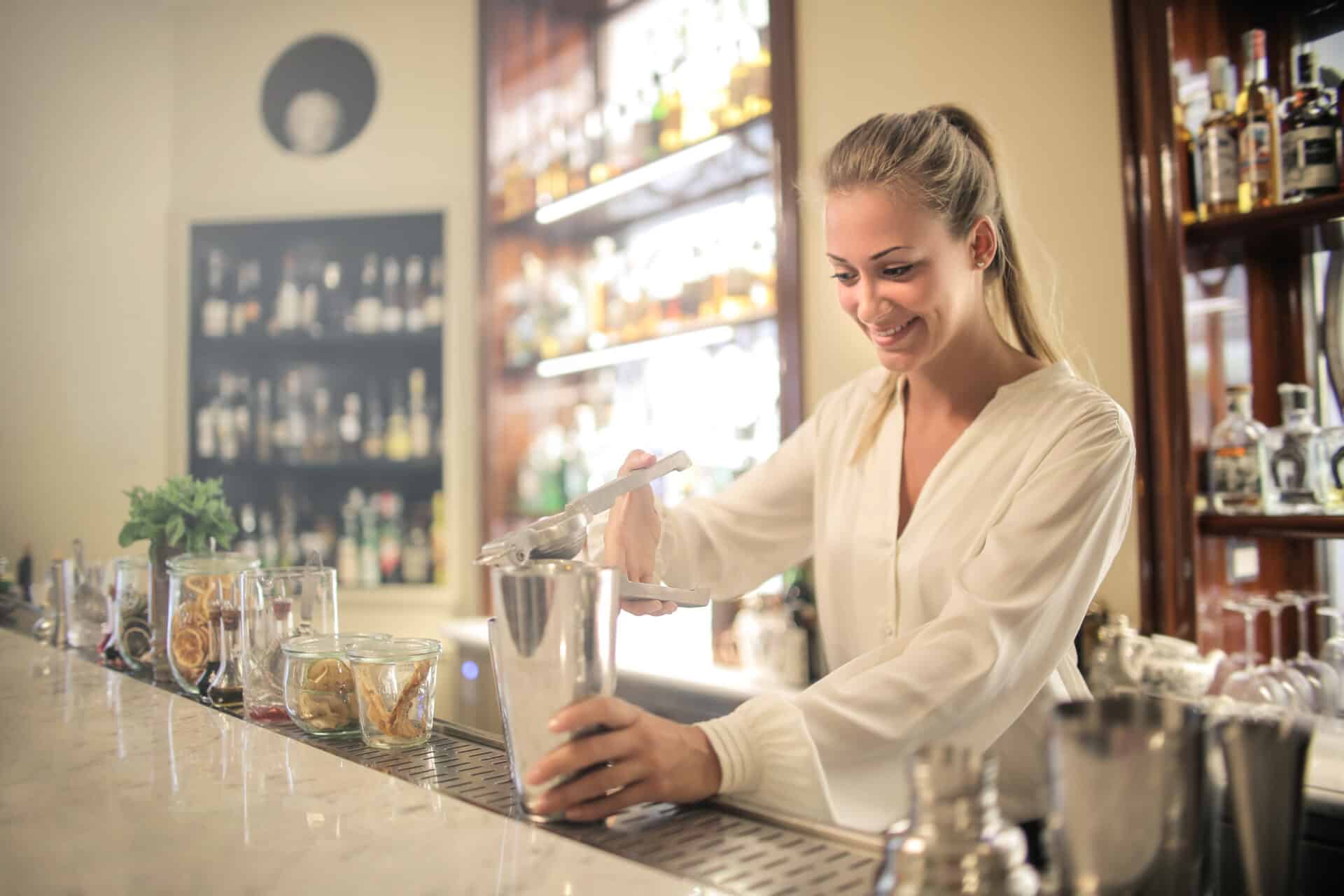Making alcohol without distilling may seem like an impossible task, but it really isn’t. It is possible to make alcoholic beverages at home without distilling, and it can be a great way to explore different flavors and have some fun with friends. In this article, we will discuss the basics of how to make alcohol without distilling, the different types of homemade alcohols that you can make, and some tips on how to get started. With a little knowledge and some patience, you can create delicious alcoholic beverages that are sure to impress your friends. So let’s get started.Making beer without distilling is possible and can be done in a few simple steps. First, you need to gather the ingredients necessary for brewing beer. This includes malt extract, hops, yeast, and water. Once you have all of the ingredients, you should sanitize all of your equipment. This will help ensure that your beer is free from contamination.
Next, bring the water to a boil and add in the malt extract. This will create a sweet liquid known as wort. Let this mixture boil for about an hour while adding hops at different intervals as indicated by your recipe or instructions from your brewing kit. After an hour has passed, remove the pot from the heat and cool it down to pitching temperature (usually around 70°F).
Once cooled down, add in the yeast and stir it into the wort with a sanitized spoon or whisk. Then pour the mixture into a sanitized fermenter such as a carboy or bucket with an airlock attached to it. This is where fermentation takes place over several weeks.
Finally, after fermentation is complete, bottle or keg your beer according to instructions from your brewing kit or recipe. If you choose to bottle your beer,
The Basics of Homebrewing Without Distillation
Homebrewing without distillation is an easy way to make your own alcoholic beverages at home. With just a few simple ingredients and a bit of patience, you can create delicious homemade beer, wine, and spirits without the need for a still. Here are the basics of homebrewing without distillation so you can get started.
Ingredients
The most important ingredient in any homebrew is yeast. Yeast is responsible for converting sugar into alcohol during fermentation. You will also need grains or fruits to provide the sugars needed for fermentation, as well as any additives or flavorings you want to include in your brew.
Equipment
You will need some basic equipment to get started with homebrewing without distillation. A large pot or bucket (at least 4 gallons) for brewing and fermenting your beverage is essential, as are a stirring spoon, thermometer, hydrometer, airlock (for carbonating), and some bottles for storing the finished product.
Process
The process of homebrewing
Ingredients
Brewing beer requires a few basic ingredients; the three primary ones are malted barley, hops, and yeast. Malted barley is the grain that provides the sugars which will be fermented into alcohol. Hops are a type of flower added to the brew for bitterness, flavor, and aroma. Yeast is the microorganism that will convert the sugars into alcohol and carbon dioxide. Other ingredients like water, spices, and fruits may also be used depending on what kind of beer you’re making.
Equipment
In order to make beer without distillation, you’ll need some basic equipment. The most important piece of equipment is a pot or kettle to boil your brew in. This should be made of stainless steel or aluminum as other materials may leech flavors into your beer. You’ll also need something to ferment your beer in such as a carboy or plastic container. A siphon hose and bottles for bottling are also necessary.
Optional Equipment
There are some pieces of optional equipment that can make brewing easier such
Understanding the Brewing Process For Non-Distilled Beer
Brewing beer is a complex process that requires a lot of knowledge and skill. It involves combining grains, hops, yeast, and water in various combinations to create a unique flavor and aroma. The brewing process begins with the malting of the grains. This is done by soaking them in water for several days and then allowing them to germinate. The resulting grain is referred to as malt. Once the malt has been created it can be ground into a powder which will be used in the brewing process.
The next step in the brewing process is mashing. This involves adding hot water to the malt powder, which helps to extract sugars from it. After this process has been completed, the mixture will be boiled along with hops to give beer its characteristic flavor and aroma. Once boiling has been completed, it is time to cool down the beer so that yeast can be added.
Yeast helps to ferment the sugars present in the beer, converting them into alcohol and carbon dioxide. Depending on what type of beer is being brewed, different types of yeast may be used. After fermentation has taken place, the beer can then
Types of Beer You Can Brew Without Distillation
Brewing beer without distillation can be a rewarding and enjoyable experience. There are many different types of beer that can be brewed without distillation, including ales, lagers, stouts, porters, and wheat beers. Ales are the most common type of beer brewed without distillation and consist of pale ales, bitter ales, dark ales and fruit-flavored ales. Lagers are light-bodied beers that are fermented and aged for longer periods of time than other types of beer. Stouts are dark-colored beers that have a strong roasted malt flavor. Porters are also dark-colored beers with a sweeter flavor than stouts. Wheat beers are made with wheat instead of barley and can be either top or bottom fermented. No matter what type of beer you choose to brew without distillation, the process is relatively straightforward and can be done with minimal equipment.
Brewing beer without distillation begins by creating a wort from malted grains such as barley or wheat. The grains must then be mashed to convert the starches in the grains to fermentable

Preparing Ingredients for Non-Distilled Homebrewing
Making your own beer at home can be an incredibly rewarding and enjoyable experience. But before you can start brewing, you need to make sure that you have all the right ingredients. For non-distilled homebrewing, the ingredients typically include malt extract, water, hops, yeast, and adjuncts. Here’s what you need to know about each ingredient and how to prepare them for your homebrewing session.
Malt Extract: Malt extract is the main ingredient in non-distilled homebrewing and is responsible for providing the fermentable sugars needed for fermentation. It is available in both liquid and dry forms, and can be made from a variety of grains such as barley, wheat, rye, and oats. When preparing malt extract for brewing, it is important to take into account the type of beer you are making as well as the amount of fermentable sugar needed.
Water: Water is an essential ingredient in non-distilled homebrewing. The type of water used will depend on the type of beer being brewed as well as its flavor profile

